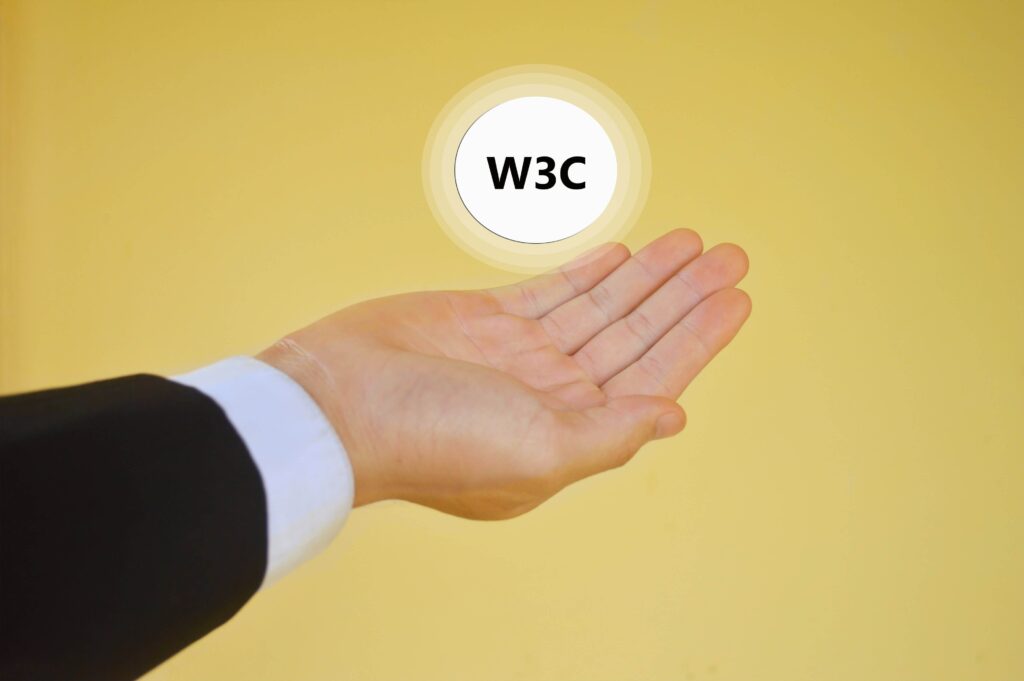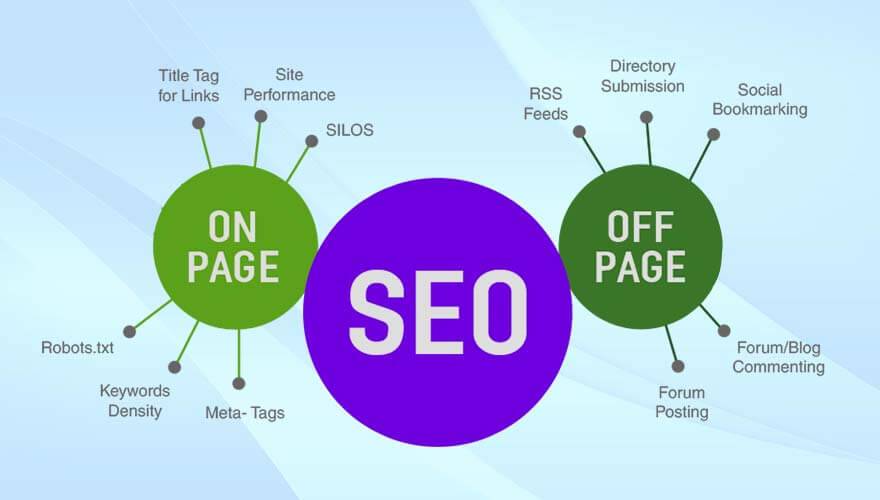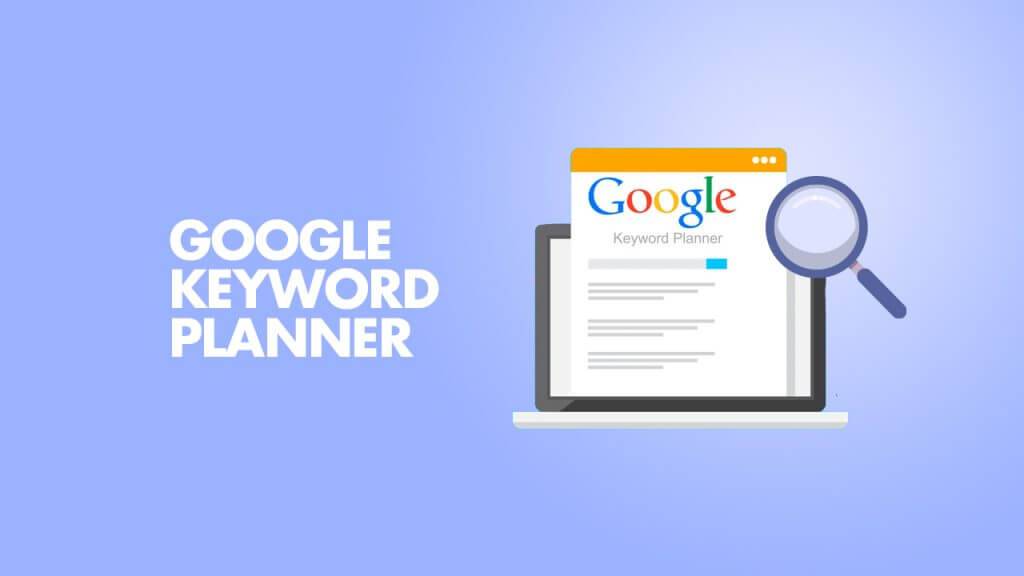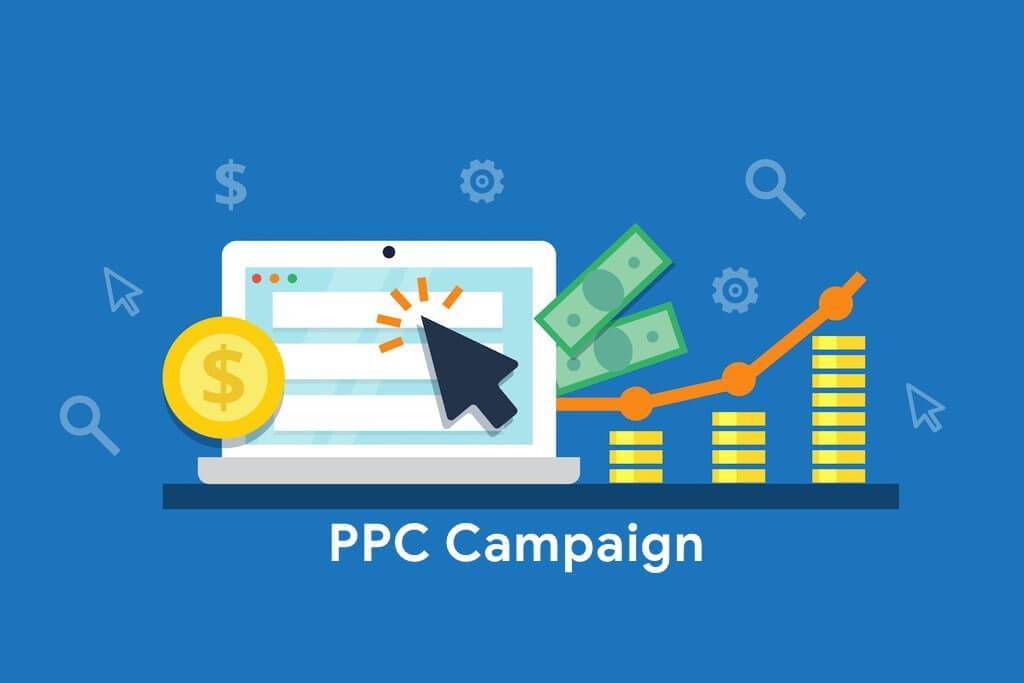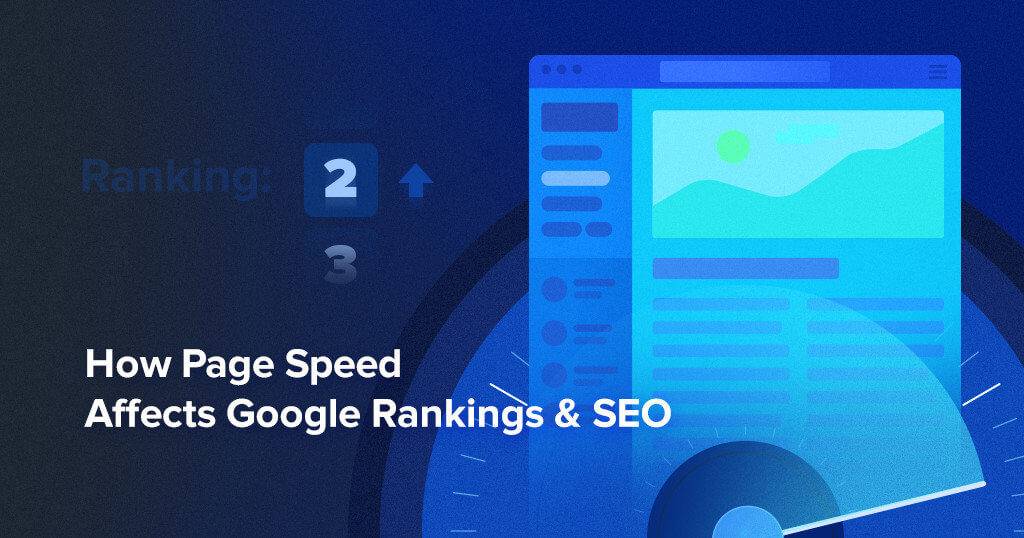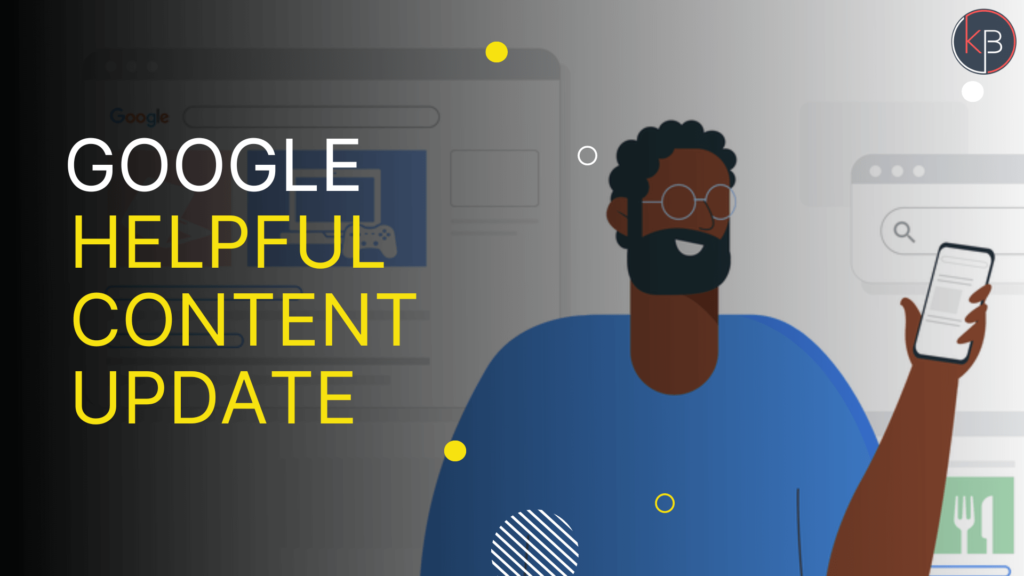Many business owners use DIY website design options on a budget and can quickly easily put together a website with relative ease, without knowing a single bit of knowledge of HTML or other programming code.
And isn’t that amazing and all, but the main problem is there’s no real control over the HTML that’s used to build the website. This results in code full of W3C validation errors which further indirectly harms SEO. Although the Best SEO Services Faridabad can mitigate your validation errors easily.
What is W3C Validation?
World Wide Web Consortium also known as W3C, allows users to examine or cross-check HTML and XHTML documents for properly formatted markup. The markup validation process takes a long time to ensure the high technical quality of your web pages.
The W3C validation process includes checking the code of your website.
It helps to determine if it follows the correct formatting standards or not. Failure to validate your code against these standards results in your website suffering errors or your traffic numbers aren’t as high as they could be due to poor readability.
The World Wide Web Consortium, commonly known as W3C allows users to check HTML and XHTML documents for properly formatted markup. Taking the time to validate your markup goes a long way to ensure the high technical quality of your web pages.
One of the most remarkable, appropriate, and useful tools of the W3C is the ‘Markup Validation Service’ that checks the validity of Web content in HTML, XHTML, SMIL, MathML, and others.
This tool is commonly used to check the errors from codes, remove them, and validate the Website’s content. Ensuring that the website content of all the pages is by the Web Standards.
How W3C Validation Works for SEO?
Generally, W3C validation is sometimes found beneficial for Search Engine Optimization. Validating your website is very significant, the main reason is that there are code errors that can cause serious styling and designing issues from a web design perspective. These types of errors also result in no rendering of Googlebot. In other words, the types of error and how many errors are truly all that matter. Most SEO experts in India agree that W3C validation does matter when it comes to the SEO of your site, but only for errors that generate bad rendering.
How You Can Protect Your SEO with W3C Validation?
W3C errors have often shown a bad rendering of the website and its pages on various arenas, which, in turn, can create a bad user experience and website speed-related issues.
Thereafter, the performance of the website and pages will suffer from a search engine rankings perspective. However, if you have used the codes precisely and correctly while building your website and conformed to W3C standards, then you can still see an increase in rankings on SERPs. Because W3C (World Wide Web Consortium) offers great layouts that optimize your website as well as grant better coding techniques that help to increase the site page speed faster.
In other words, W3C validity is not a requirement of ranking websites but it does enhance the website ranking indirectly.
In the long run, W3C (World Wide Web Consortium) validation doesn’t have any major impact on your website ranking. There are other aspects of SEO that should be considered at the forefront of a website’s strategy—content creation, link building, etc.—before worrying about W3C validation.
Do you have an opinion about W3C validation and SEO?
Do comment down below.


